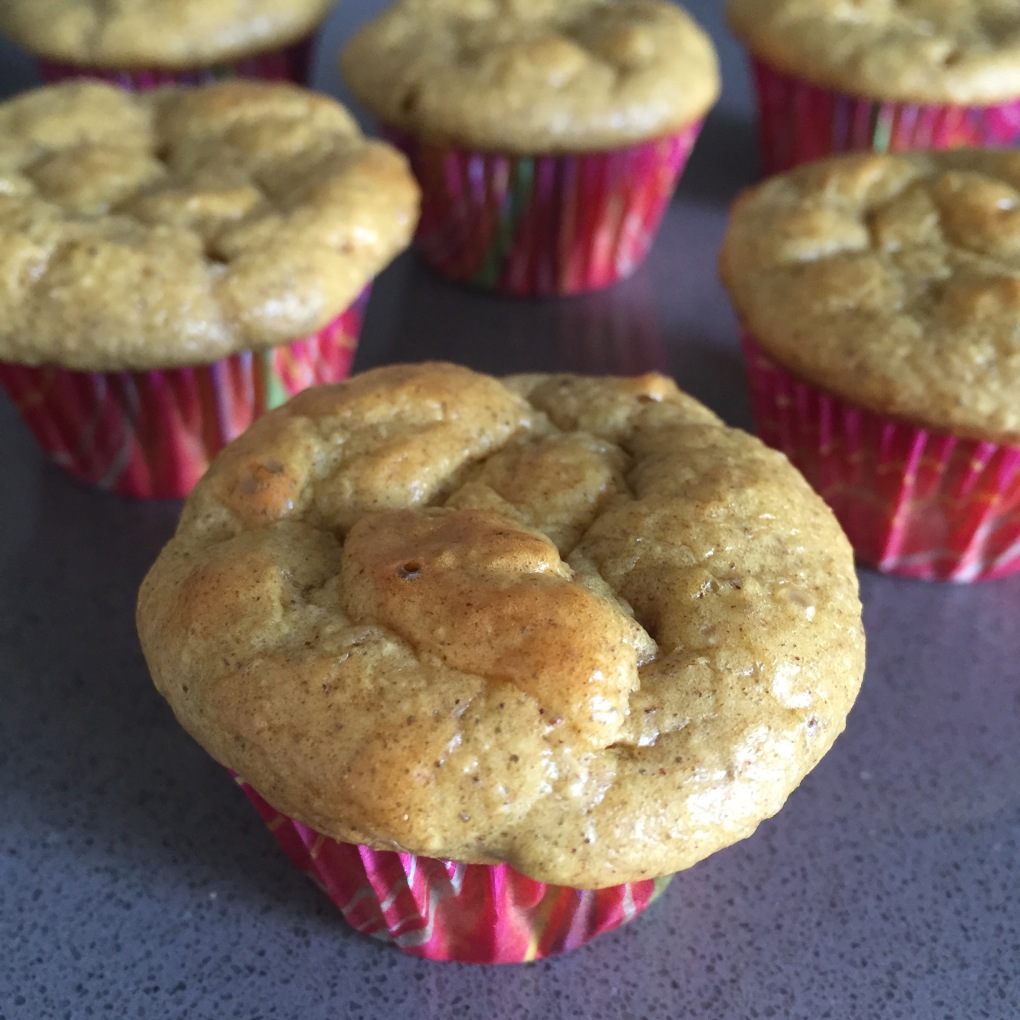I’m guessing, at the very least, you’ve heard of the “paleo” diet. It was the world’s most popular diet in 2013!
But, what is it? Is it a fad? Is it a lifestyle change? Is it right for you?
Scientist and self-described, “Paleo Mom”, Sarah Ballentyne, Ph.D. defines it as:
“…a nutrient-dense whole foods diet based on eating a variety of quality meat, seafood, eggs, vegetables, fruits, nuts, and seeds. It improves health by providing balanced and complete nutrition while avoiding most processed and refined foods and empty calories.”
From the definition alone, it seems to hit all of the key health pillars.
The name “paleo” is from the “paleolithic” time when earlier humans (thousands of years ago) were hunters and gatherers. It is thought to represent the era of nutrition before the agricultural revolution.
Of course, being a “diet,” or a way of life, paleo has food guidelines. The paleo diet was created to increase the amount of whole, unprocessed, nutrient-dense foods; while reducing the number of gut-disrupting, hormone-disrupting, and inflammatory foods. Check, check and CHECK!
But this doesn’t mean there are only a couple of foods to choose from! There is a pretty wide variety of food to choose from in the paleo diet, including fruits, vegetables, eggs, nuts, seeds, meat (including organ meats), seafood, healthy fats, fermented foods, herbs, and spices. With the exception of processed and refined foods (e.g. sugar, vegetable oils, artificial sweeteners, etc.), grains (e.g. wheat, oats, rice, etc.), dairy, and most legumes (e.g. beans, lentils, peanuts, etc.) – the paleo diet offers it’s users a wide variety of foods to choose from .
If you are interested in exploring paleo, you have the option of using the diet as more of a “template,” rather than a strict set of rules. It’s a diet that seems to be easy to maintain, and with little to no negative side effects. There is no measuring or counting of calories or carbs (bonus!). And there are plenty of delicious and nutritious foods to choose from (whoop, whoop)!
Many proponents of the paleo diet even encourage experimentation by adding in a few of the (healthy and whole) foods on their list of exclusions. High-quality dairy (think grass-fed, full fat, and possibly unpasturized) , white rice, or potatoes may be added to less restrictive forms of the paleo diet. Really, it’s up to you but you could consider this “Paleo light”.
Several clinical studies have been done to find out whether there are health benefits of eating this way. Some of the research has shown that the paleo diet can help with weight loss and belly fat. If that’s a problem area for you, that alone may be reason enough to give it a try!
Not to mention its effect on several modern-day chronic diseases. For example, it can improve risk factors for heart disease, it has also been shown to reduce inflammation, improve glucose tolerance, and even reduce symptoms of some autoimmune diseases (many people who suffer from MS have found improvement of symptoms when following a paleo diet).
It’s also thought to be “gut-friendly” because it includes a lot of high-fiber foods (i.e. fruits, vegetables, nuts & seeds), fermented foods (which contain gut-friendly probiotics), as well as being full of nutritious natural foods. And any form of eating that supports gut health is one that you should consider.
Some people recommend the paleo diet for those with food intolerances or autoimmune diseases. Those at high risk for heart disease or diabetes may also be good candidates to give the paleo diet a try. If you react to gluten or lactose, this diet removes them both by eliminating all grains and dairy. Even if you don’t have food intolerances, high risk of heart disease or diabetes, the simple elimination of added sugars, processed and refined foods can (should?) be a health goal to move towards.
Science has also shown that it can help some people to lose weight, reduce risks of heart disease, improve glucose tolerance, and reduce inflammation (all good things).
At the very least, eliminating added sugars, processed, and refined foods are a great goal, even if you decide not to “go paleo” or want to try “paleo light”.
Two great resource books for you to check out:
Paleo For Beginners: Essentials to get started
Weeknight Paleo: 100+ easy and delicious family friendly meals
Recipe (Paleo): Banana Muffins
Makes 12 muffins

Ingredients:
- 3 large eggs
- 5 mashed bananas
- ½ cup almond butter
- ¼ cup coconut oil
- 1 tsp vanilla
- ½ cup coconut flour
- 1 tbsp cinnamon
- 1 tsp baking powder
- 1 tsp baking soda
- pinch of sea salt
Directions:
- Preheat oven to 350F. Line 12 muffin cups with liners. In a food processor or stand mixer, blend eggs, bananas, almond butter, coconut oil, and vanilla.
- In a large bowl mix coconut flour, cinnamon, baking powder, baking soda, and salt.
- Add blended wet ingredients to dry ingredients and stir until combined.Spoon batter into muffin tins, ¾ full. Bake for 15-18 minutes or until golden.
- Serve & enjoy!
Tip: You can top muffins with walnuts before baking.




 Serves 1
Serves 1